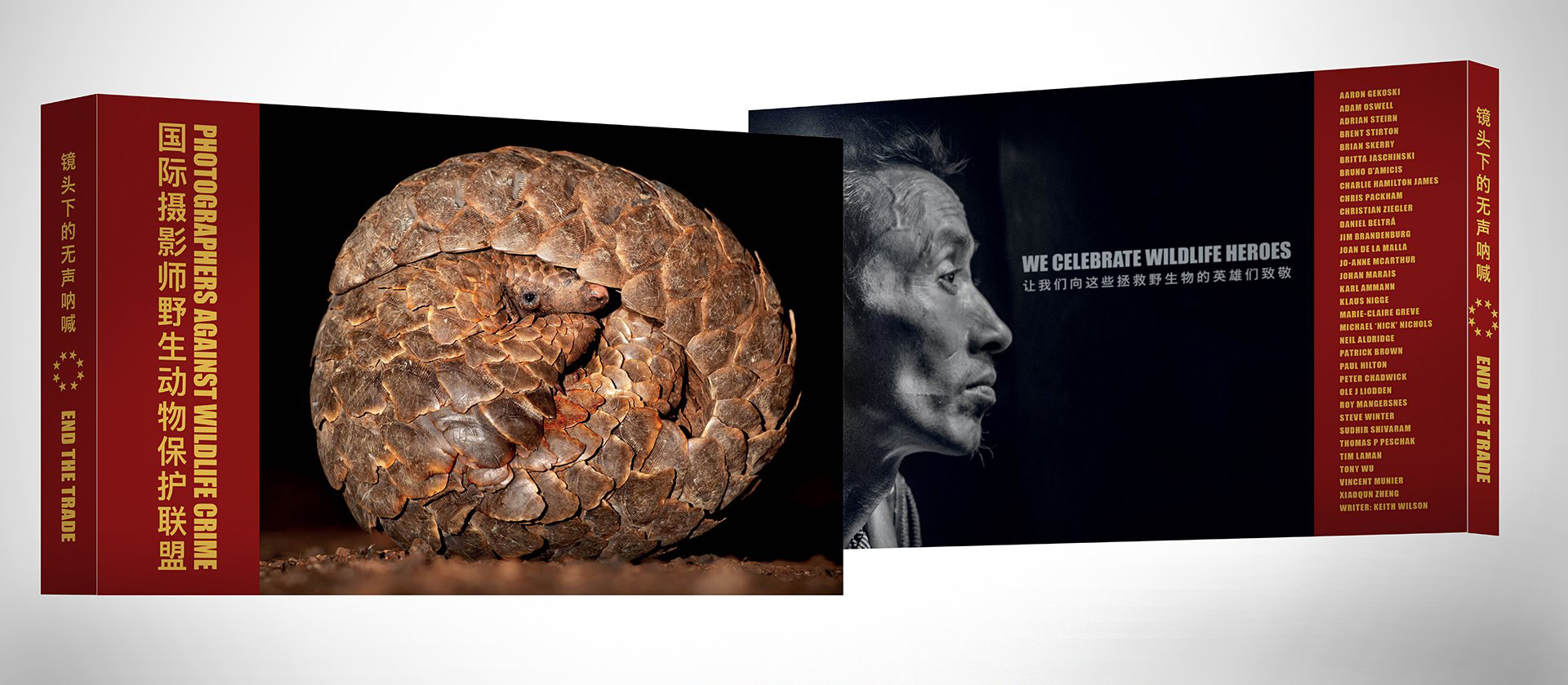
One of my interests is conservation photography. I was one of those people who immediately ordered the book, Photographers Against Wildlife Crime™ (PAWC), after the Nature Talks Photo Festival in 2017. In the meantime, I’ve spoken with some of these photographers at the Festival and now it’s an honor to talk with one of the PAWC co-founders, Keith Wilson, and NPOTY co-founder, Lesley de Beer, about this vitally important conservation project.
Nature conservation
I can imagine that you are curious about this conservation project and that you want to know more about it. What is their mission? Why does NPOTY think this project really matters? These were the kind of questions I asked to NPOTY co-founder Lesley de Beer. “As you probably know, at the Nature Photographer of the Year competition we like to do things differently. Therefore, we donate an amount to nature conservation projects throughout the world. The same we do with our festival, photo travels and workshops. It’s for many companies easy to take, but for too many difficult to share”, says Lesley.
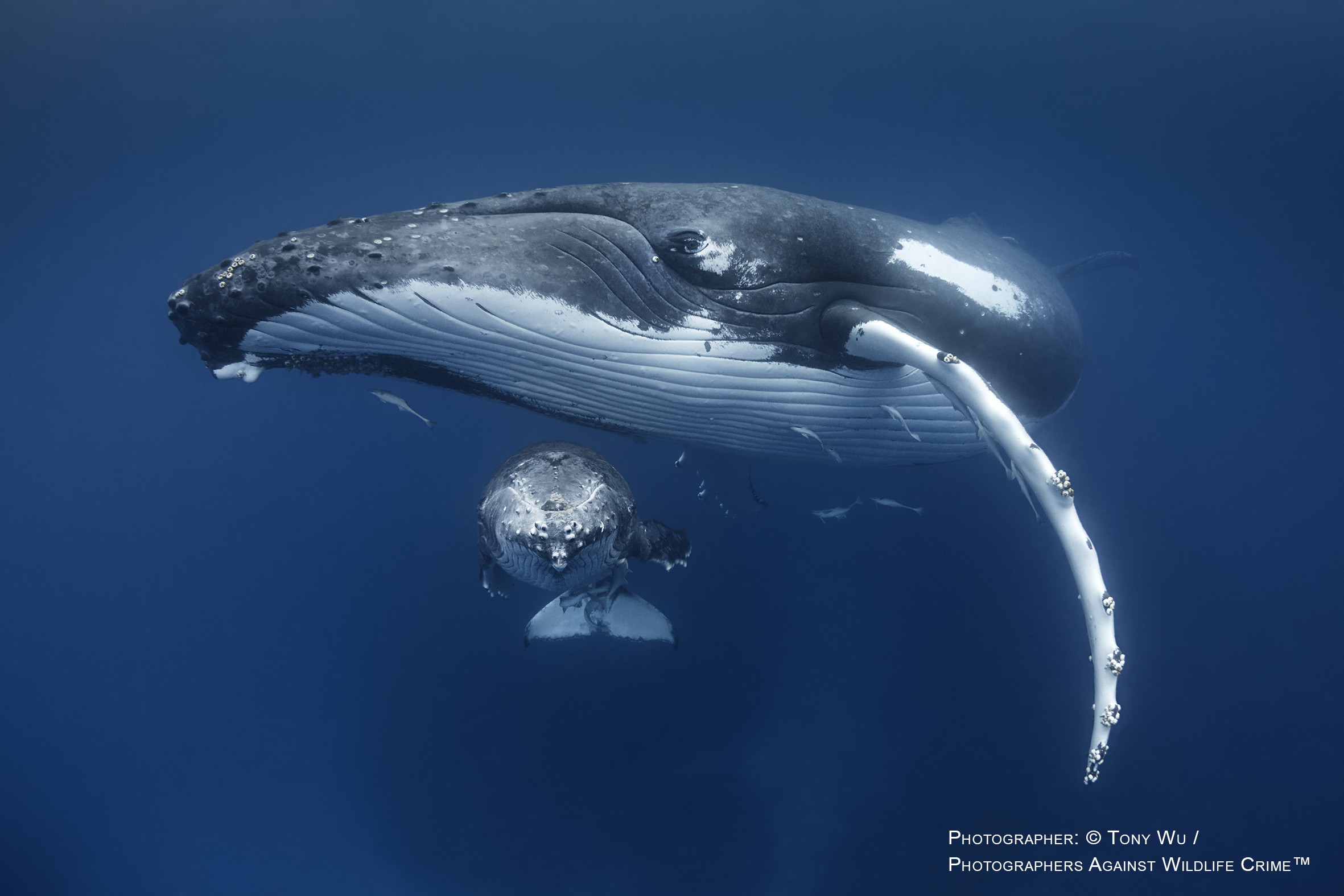
Photographer: © Tony Wu / Photographers Against Wildlife Crime™
Photographers Against Wildlife Crime
He continues: “This year, one of the conservation projects we support is Photographers Against Wildlife Crime™ and I think it’s a great initiative. Many nature photographers work together to help stop poaching and raise awareness about the illegal wildlife trade.” On the PAWC website you can read the following: “This international group of award-winning photographers are using their powerful and iconic images to help bring an end to the illegal wildlife trade with the publication of a truly unique book. This book will make a valuable contribution towards a constructive dialogue to end the demand for wildlife products in China. Some of the photographers risk their own lives to document incomprehensible cruelty and ruthlessness.”
“Some of the photographers risk their own lives
to document
incomprehensible cruelty and ruthlessness”
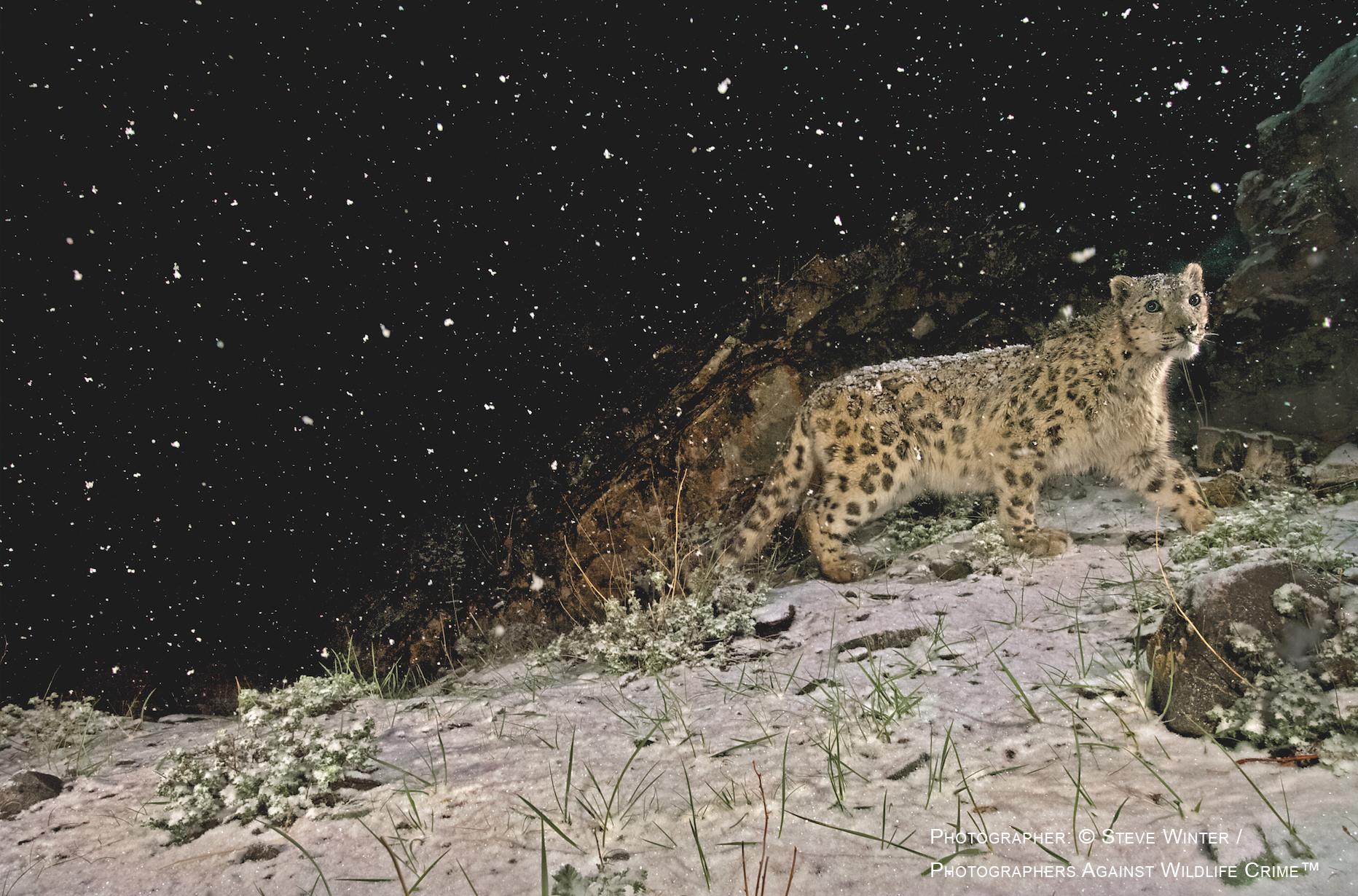
Photographer: © Steve Winter / Photographers Against Wildlife Crime™
Powerful images
“We invite photographers to give presentations during our Nature Talks Photo Festival to give them a stage, says Lesley. “Not only a stage for telling beautiful stories about nature photography, but also to make us aware that there is more we need to know. Images can be very powerful and we need to reveal what some humans and governments are doing before it’s too late.”
The co-founder continues: “Every year we have 50 speakers at our Festival. This is unique for Nature Photography festivals in Europe. At Nature Talks, I believe you should not only show beautiful images and lectures that are both educational and inspiring, but also tell people about what makes conservation photography different and essential. Images can help highlight and denounce abuses. When we invited Steve Winter in 2016, he talked about the beauty of big cats. The photographer also spoke about the horrific stories of tiger temples and the black market in selling tigers, which he documented. I didn’t know about this, but now that I do know I warn people about these situations. There is more happening than what we can see.”
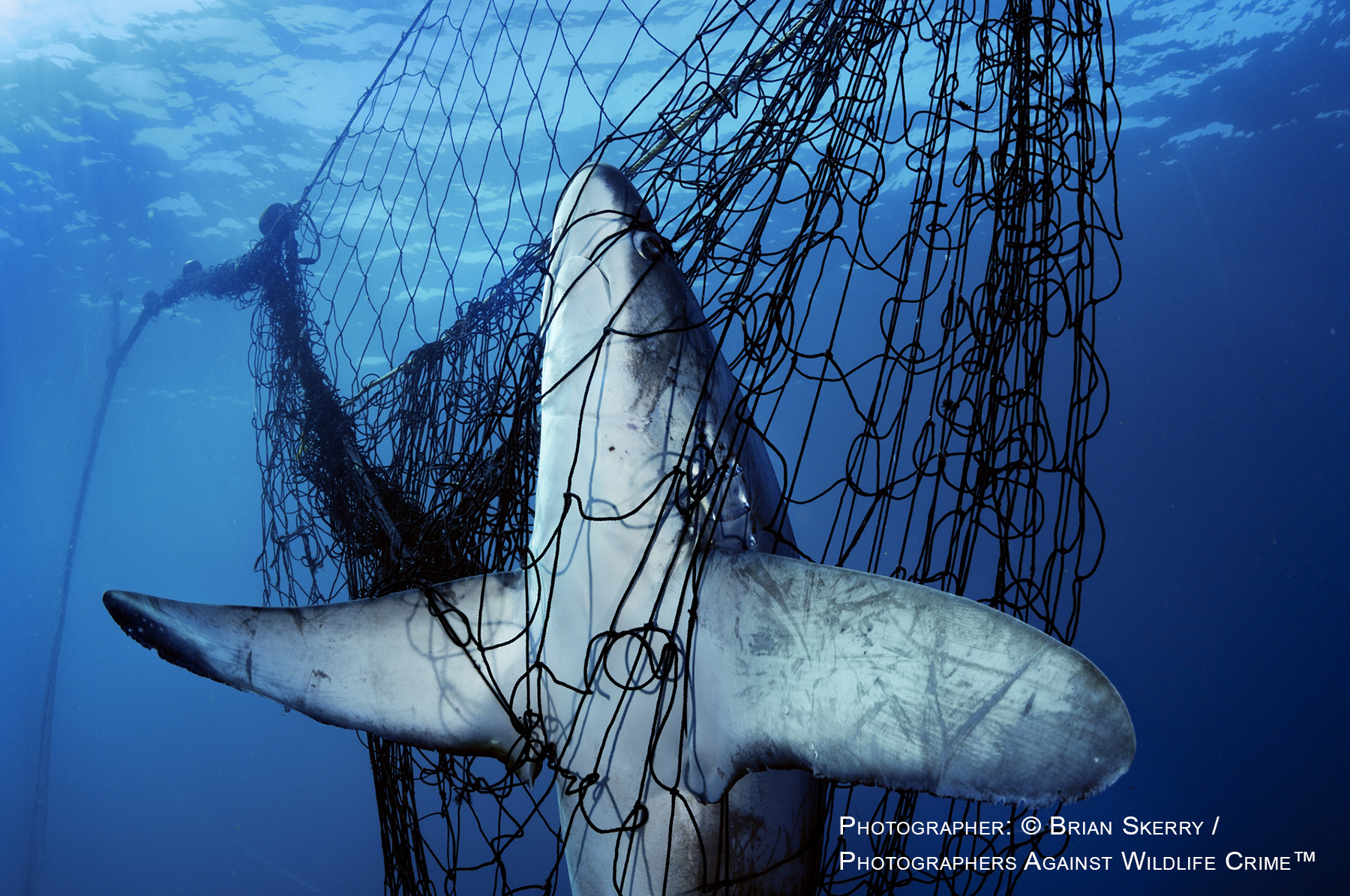
Photographer: © Brian Skerry / Photographers Against Wildlife Crime™
Heart-breaking stories
For me, that photographers are sharing with us their beautiful images and also horrifying stories was one of the main reasons to visit this photo festival. In their first year (2016), I saw some impressive talks from Steve Winter and Brian Skerry. In the other editions I saw beautiful presentations from Ole J Liodden, Christian Ziegler, Adrian Steirn, Tony Wu and Keith Wilson. I have since interviewed Ziegler, Steirn and Wu about their conservation photography, mission and stories in the last two editions of Nature Talks. I also remember very well the passionate and probing stories of Britta Jaschinski and Adrian Steirn. They were heart-breaking and moved some people to tears. These are stories that will stay with me forever. Such stories touch you and make you think: what are we doing to planet Earth?
“Photo stories are the best way to communicate
a message to the whole world”
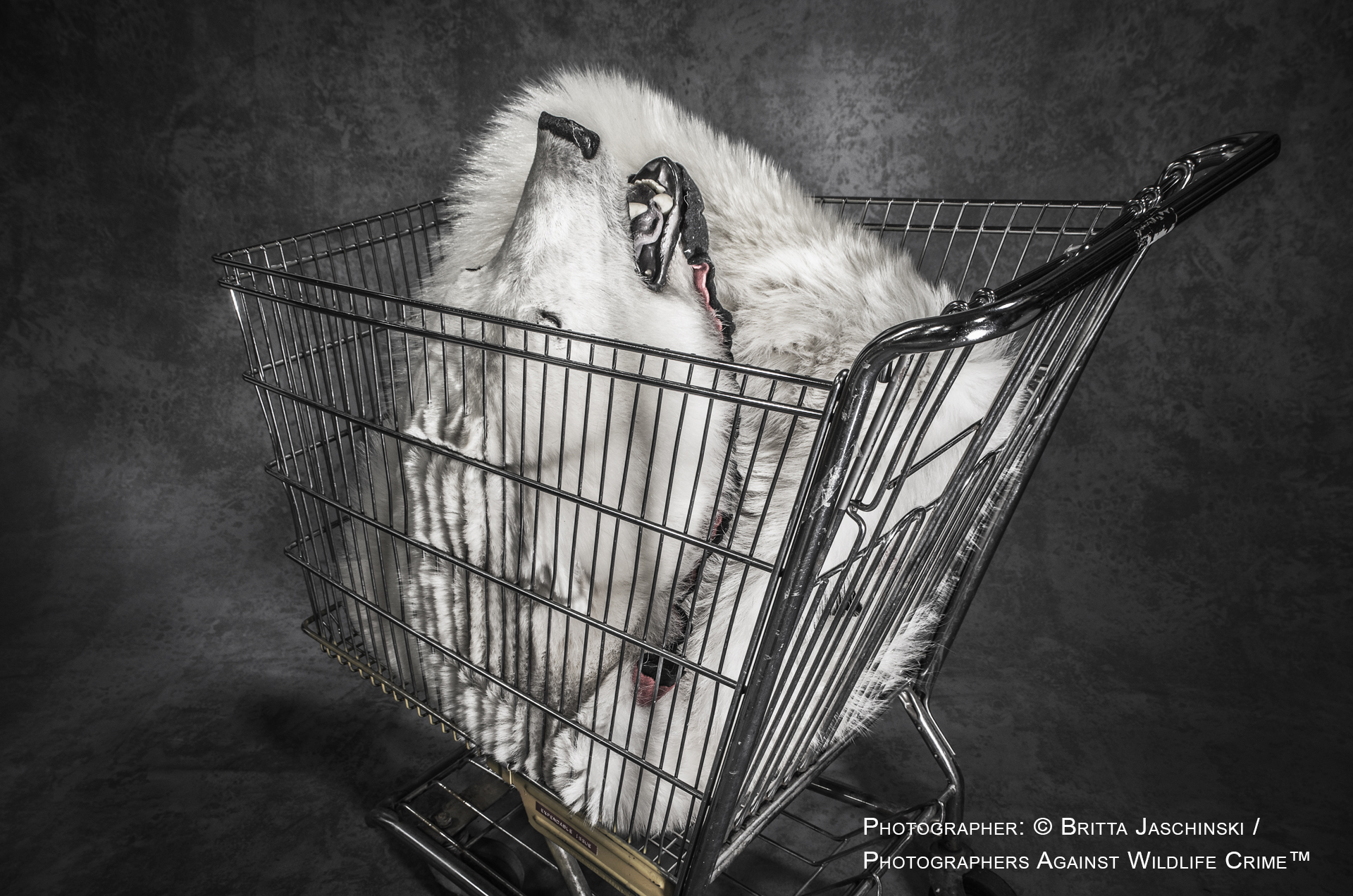
Photographer: © Britta Jaschinski / Photographers Against Wildlife Crime™
About the founders and their mission
Lesley tells me: “Photographers Against Wildlife Crime was founded by wildlife photojournalist, Britta Jaschinski and photo editor and writer, Keith Wilson, because they really want to protect our planet.” This is how Britta Jaschinski describes what is happening with wildlife because of the illegal trade: “We are losing species at an alarming rate. Millions of animals and plants are caught and harvested from the wild and sold as food, pets, tourist curios, trophies and traditional Chinese medicine. Our wildlife is wiped out in the name of status, greed and superstition.”
Britta explains the mission of Photographers Against Wildlife Crime is “to reach out to the consumers of wildlife products. We need to influence their behavior to end this ruthless and destructive trade. We know that photography can be a powerful tool. By joining forces we now have a unique collection of the most beautiful, sometimes hart-hitting, but always inspiring images by dedicated photographers. Our images are the proof that photography matters. Without photography the world’s conscience will wither.”
Support PAWC
“I believe this project is really inspiring and we want to make more people aware of the impact of their images and stories. We want to inform the world about this”, explains Lesley. “So, we want to support this important work to raise public awareness in ending these crimes.” Keith Wilson tells me any money PAWC receives will be used to help the group continue their outreach in China, using their photography and stories to inform and educate the public about the dangers caused to animals and the environment by the global trade in wildlife. Do you also want to support PAWC? Take a look at Photographers Against Wildlife Crime and follow the link to the book shop!

Co-Founders of Photographers Against Wildlife Crime™ Britta Jaschinski and Keith Wilson.
Three questions for Keith Wilson
After this interview, I also had three additional questions for co-founder, photo editor and writer Keith Wilson.
In what way do you invest any money that you receive?
Everything we have done so far has been funded through the sales of our books and the generosity of some remarkable people who have made private donations. They believe passionately in what we are doing and want to support our ongoing work in China. We are really happy that Nature Photographer of the Year Contest supports our goals and will make a donation to our important project.

Any fees we receive from magazines who publish photos from our books also goes straight into our ongoing work in China. As founders and contributors, Britta and I are not making any money, and only occasionally have we reimbursed ourselves for expenses and some extra efforts. Certainly, no-one is making a profit here! We are not like a fund-raising charity; instead, we are a co-operative of photographers and journalists who have all donated our time, images, stories and expertise to inform the public about the wildlife trade and why it must stop. Seeing how the book has made China look has been the greatest reward, for everyone involved. But if the message is to continue to be heard and China encouraged to dismantle the wildlife trade, then we need more people to get involved by showing their support for our work through private donations or by buying our book.
““Since the outbreak of Covid-19, China has become far more alert to the link between wildlife markets and viruses””
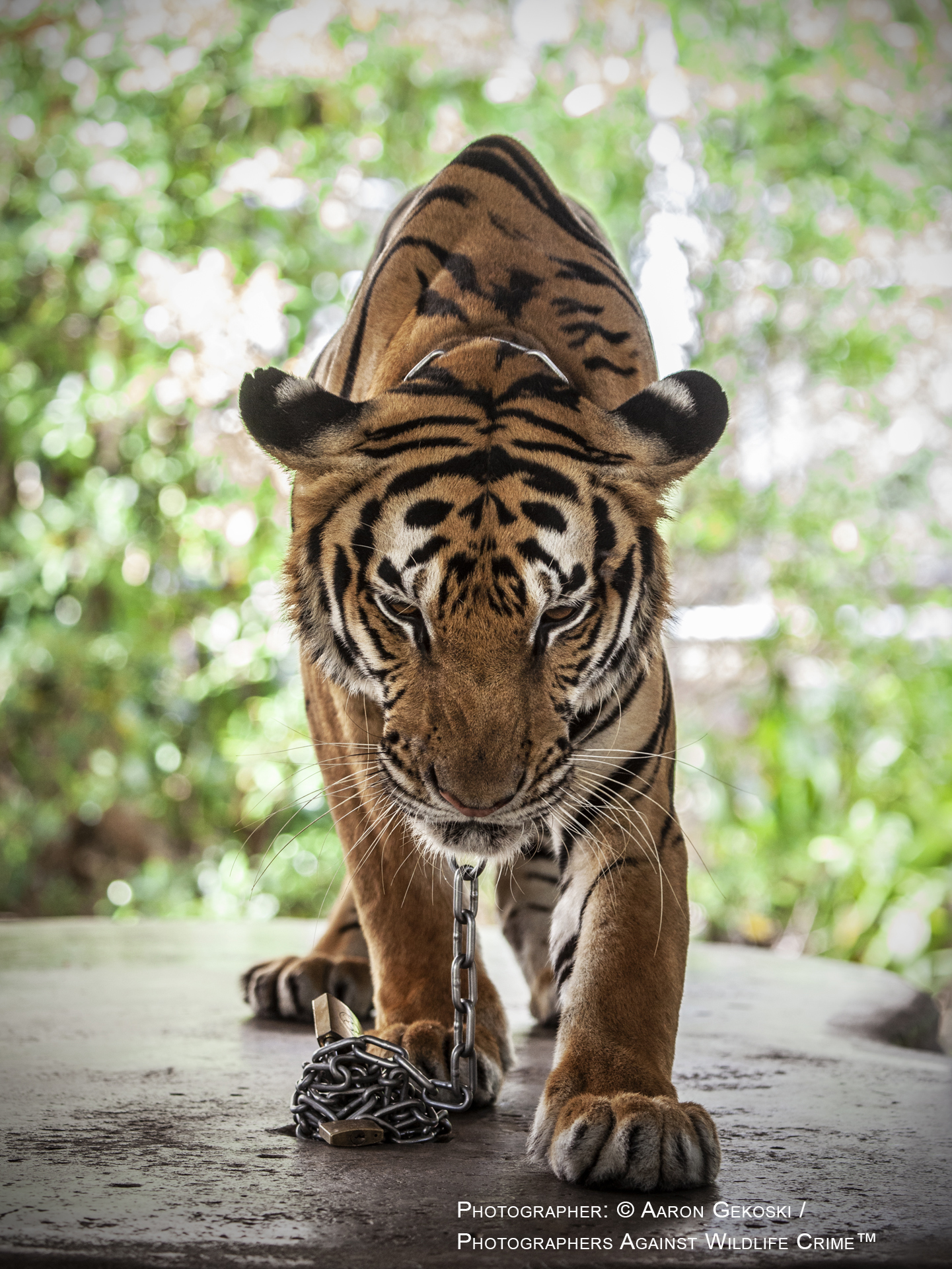
Photographer: © Aaron Gekoski / Photographers Against Wildlife Crime™
Why is reaching out to China so important to your mission?
Our message is to end the global wildlife trade in our lifetime and our main goal is to get this message heard in China because it is the world’s largest market for wildlife products. Photo stories are the best way to communicate a message or campaign to the whole world. They provoke questions and discussion that can lead to fundamental lifestyle changes and even policy changes by local authorities and government. We are working more with the press and NGOs in China who are using our images, stories and expertise to inform more Chinese about the damage caused by the wildlife trade. Photographers Against Wildlife Crime™ is more than a book now, it is a movement. We have noticed a greater openness for change in China, particularly among the younger generation, who increasingly disapprove of consuming wildlife for food or as traditional medicine. We are getting more attention from the Chinese state and social media, and since the outbreak of Covid-19, China has become far more alert to the link between wildlife markets and viruses. As a result, the wildlife trade is being taken far more seriously in China and our book is being noticed more in China too.
What can the reader do to support you?
Simply, buy the book! Not only is it packed with some of the most powerful and remarkable images by 32 of the world’s leading photographers, but it is also a very informative introduction to the wildlife trade. Our first edition was in English only and sold out in less than a year. We had orders from over 50 countries. The second edition is bilingual – English and Chinese – and has attracted worldwide attention, including coverage in the Chinese state-run media. More Chinese photographers have joined the group, including Yongqing Bao, who was the overall winner of the 2019 Wildlife Photographer of the Year competition. Now, I can reveal that we have been working with a Chinese state-owned publisher to print our book, in Chinese only, for distribution within China. This is incredible progress in the right direction and makes Britta and I, and all the photographers and journalists involved, more positive about bringing the global wildlife trade to an end. We are also having more discussions with Chinese media and NGOs, who are reaching out to us to collaborate on future speaker events and other public presentations in China. It is an exciting time with much potential for progress, but we can’t do it without the public’s support and donations to maintain this momentum to end the wildlife trade.
“The book is packed with some of the most powerful and remarkable images by
32 of the world’s leading photographers”










